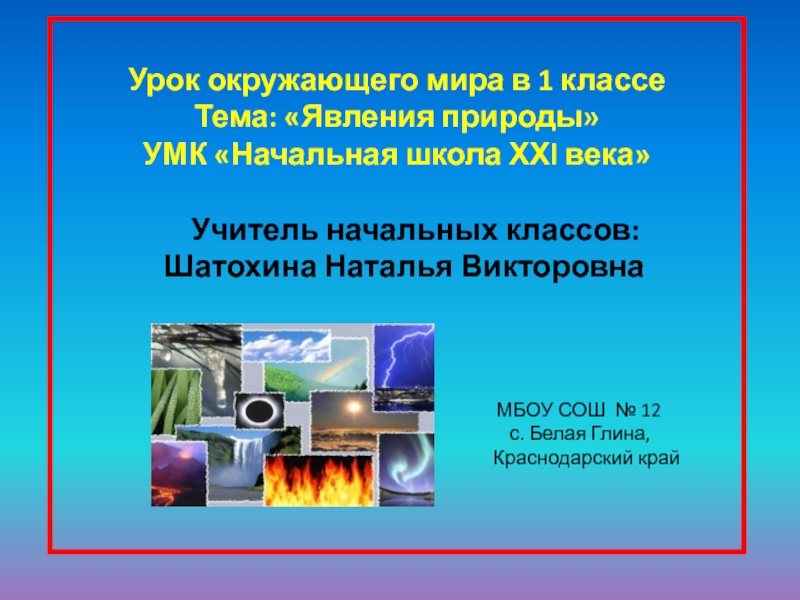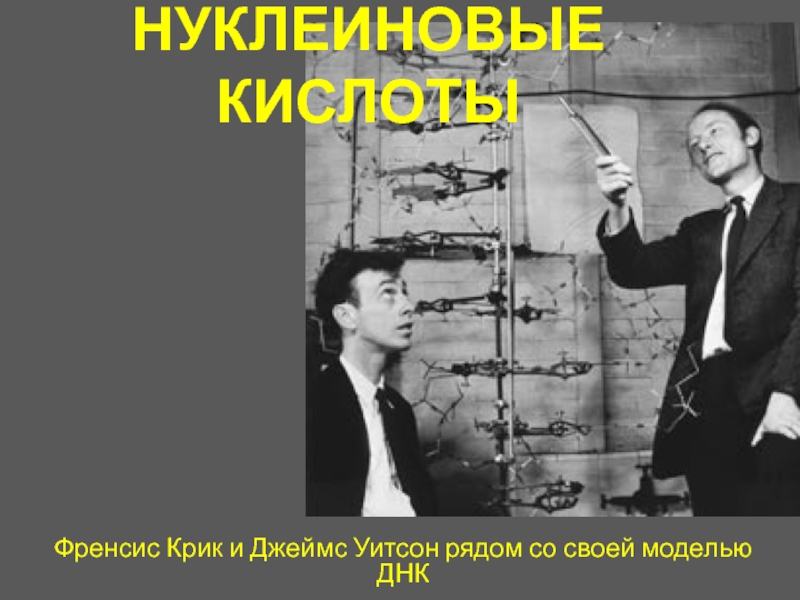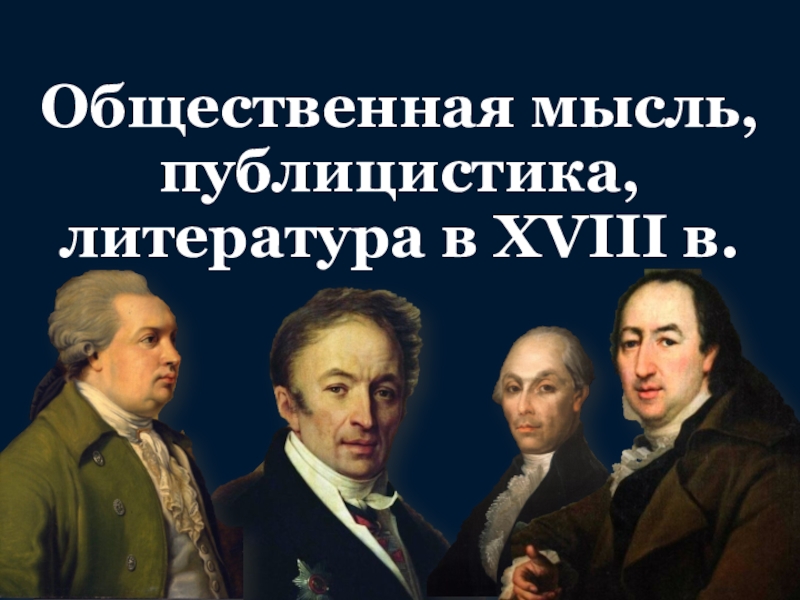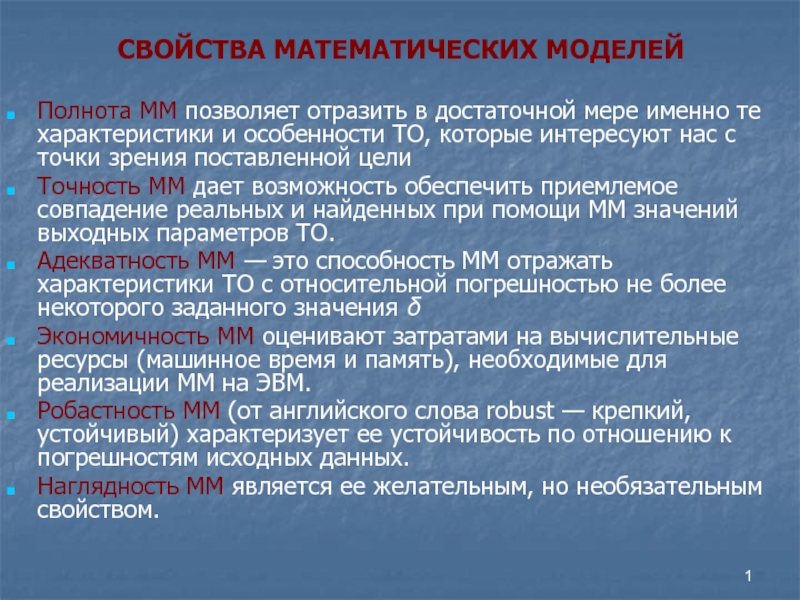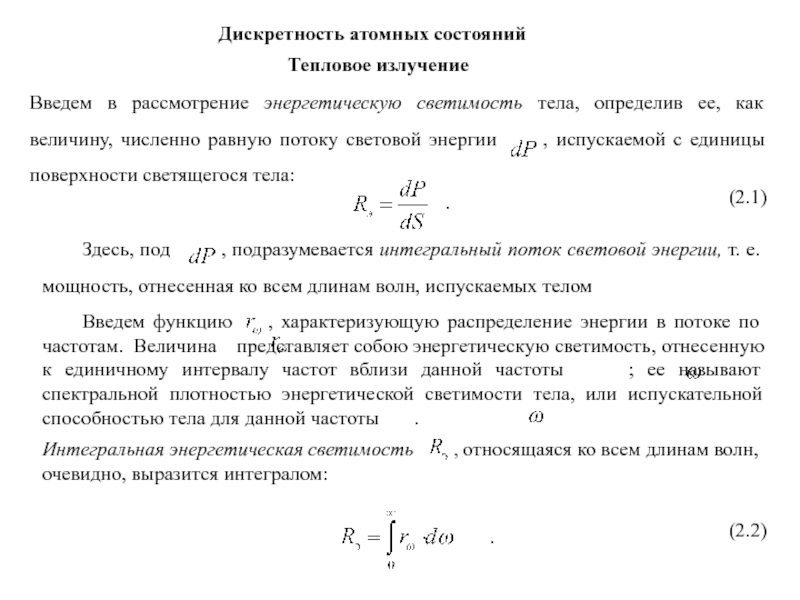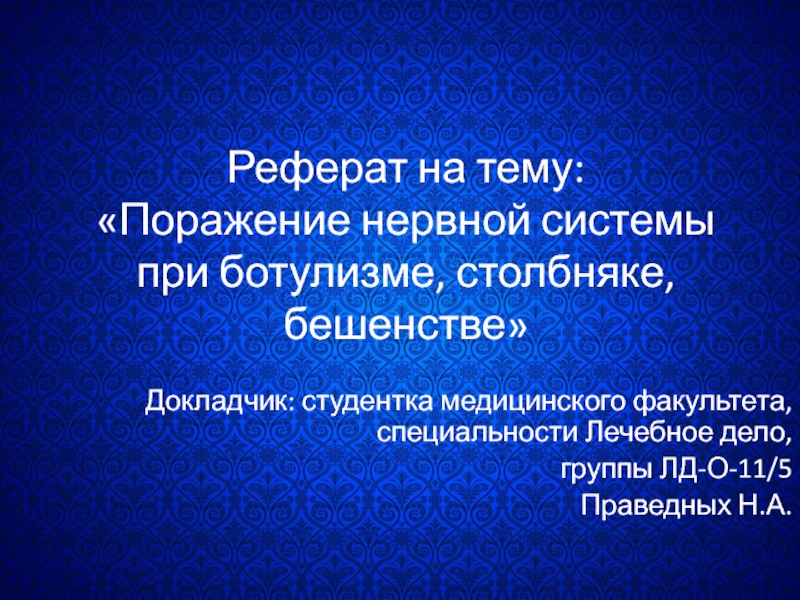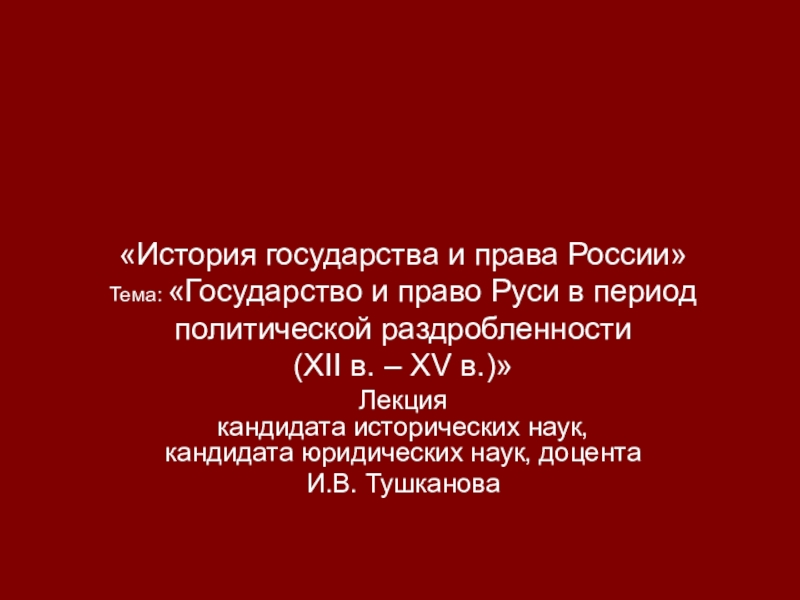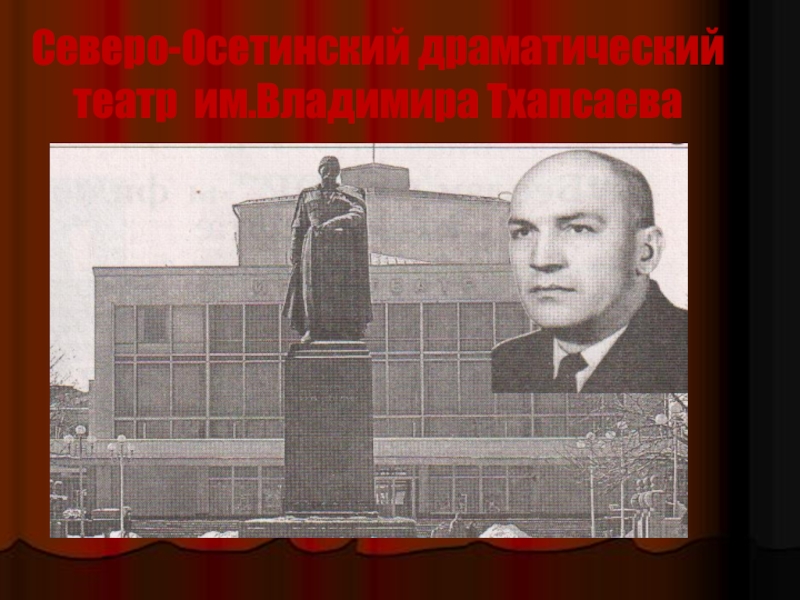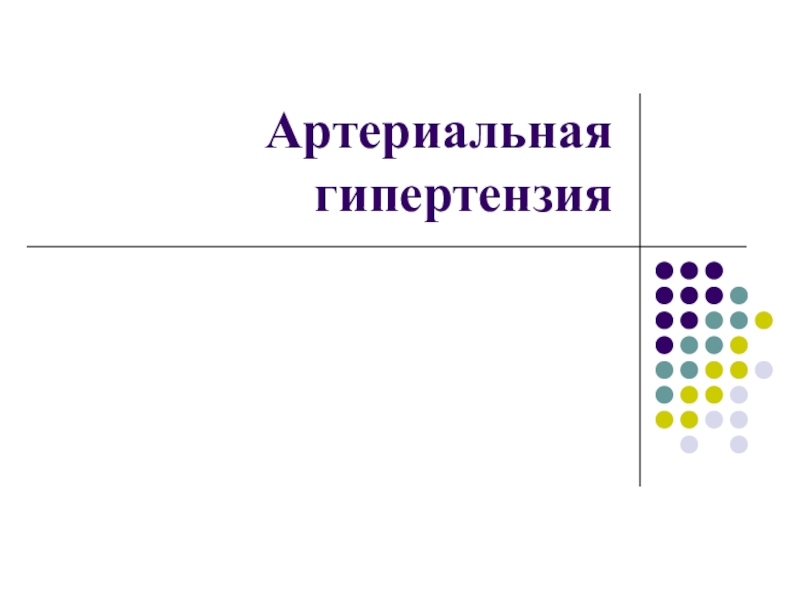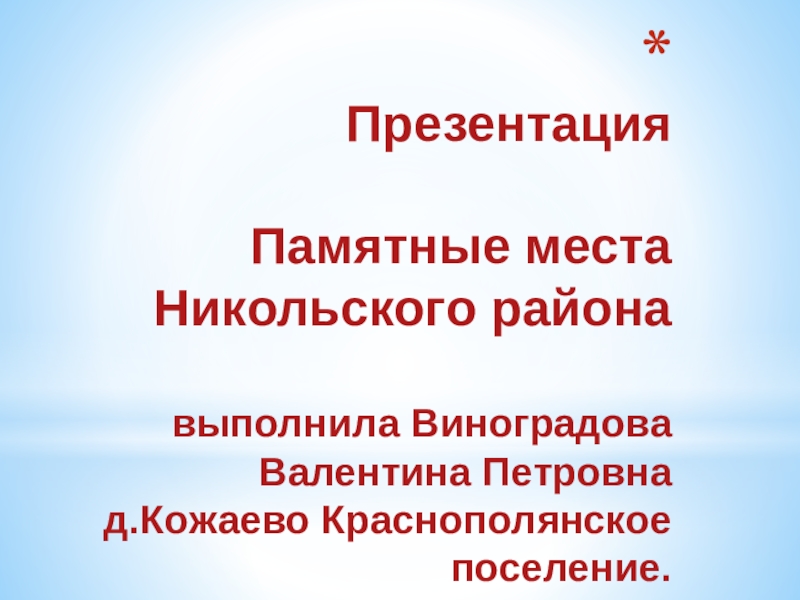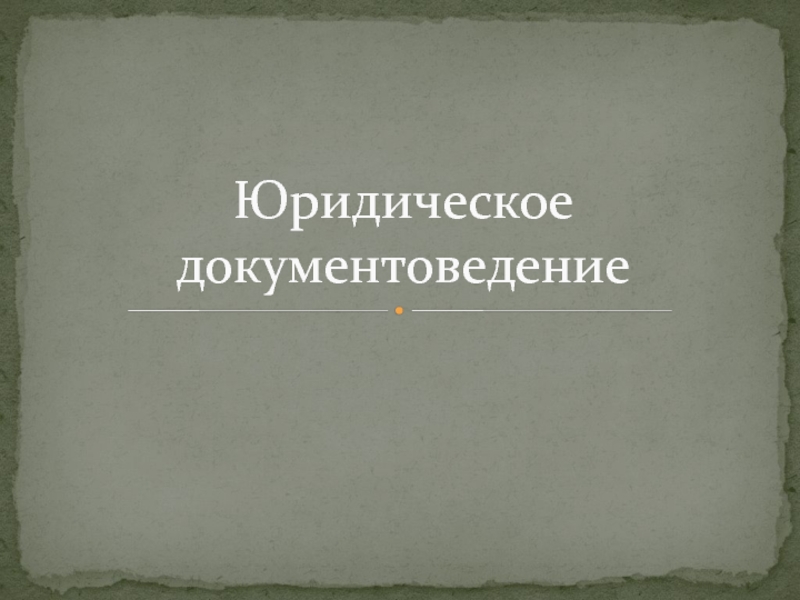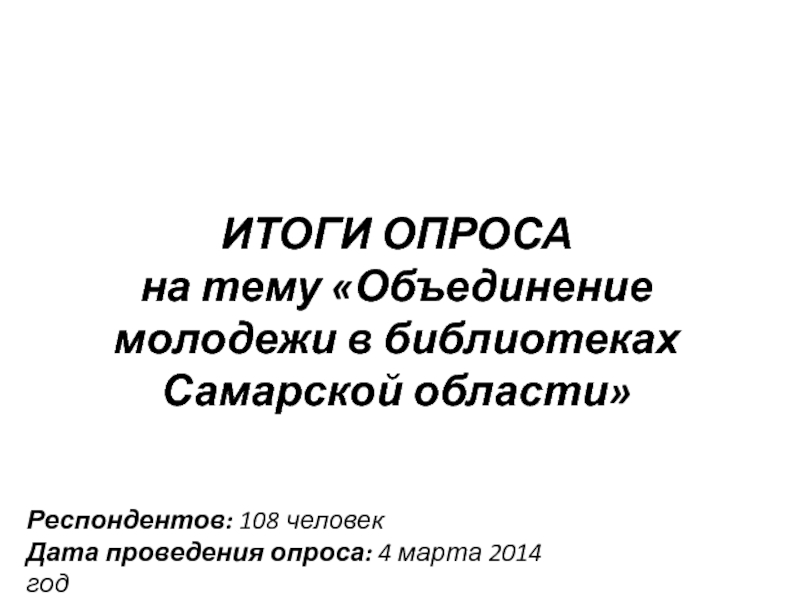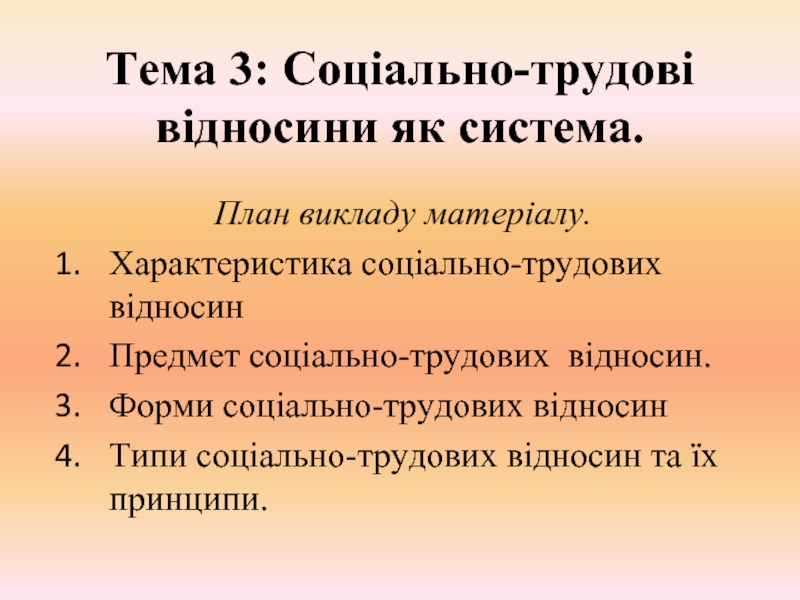Разделы презентаций
- Разное
- Английский язык
- Астрономия
- Алгебра
- Биология
- География
- Геометрия
- Детские презентации
- Информатика
- История
- Литература
- Математика
- Медицина
- Менеджмент
- Музыка
- МХК
- Немецкий язык
- ОБЖ
- Обществознание
- Окружающий мир
- Педагогика
- Русский язык
- Технология
- Физика
- Философия
- Химия
- Шаблоны, картинки для презентаций
- Экология
- Экономика
- Юриспруденция
Classification of external forces.method of section.Stress
Содержание
- 1. Classification of external forces.method of section.Stress
- 2. introductionResistance of materials - the section of
- 3. Classification of external forcesExternal power is a
- 4. The surface forces are divided into concentrated
- 5. All external loads can be divided into
- 6. Method of sectionsABxyz
- 7. A method of sections involves the mental
- 8. Method of sectionsDA – elementary area– medium voltage
- 9. xyzMethod of sectionsLay full stress on the components:
- 10. Voltage is the intensity of the action
- 11. Will rossicum body of arbitrary cross-sectionSelect a
- 12. The total voltage p->as the resultant of
- 13. Stress tensorIn the analysis of stresses in
- 14. Here the first column represents stress components
- 15. Stress and strainThe Bernoulli hypothesis (the hypothesis
- 16. Напряжения и деформацииl - the rod extension,b
- 17. Stress and strainIn 1676 Robert Hooke experimentally
- 18. Stress and strainIn the cross section of the rod:
- 19. Stress and strainCondition tensile strength:или []R – the calculated resistance[] – allowable stress
- 20. Скачать презентанцию
introductionResistance of materials - the section of technical mechanics that studies experimental and theoretical basis and methods of calculating the common elements of different constructions, under the influence of external loads
Слайды и текст этой презентации
Слайд 3Classification of external forces
External power is a measure of interaction
between bodies. In problems of strength of materials by external
forces are considered to be always specified. The external forces are the reaction of the supports (connections).External forces are divided into bulk and surface. The body force applied to each particle of the body throughout its volume. An example of volumetric forces is the force of weight and inertia forces. Often asking a simple law of change of these forces by volume. The body force are defined by their intensity, as the limit of the ratio of the resultant of the forces in the considered elementary volume to the value of this volume, seeking to zero: lim V 0 and V F is measured in N/m3.Слайд 4The surface forces are divided into concentrated and distributed.Considered concentrated
force applied to a small surface, whose dimensions are small
compared to body size. However, when calculating stresses near the zone of application of the force load should be considered distributed. To concentrated loads include not only force but also a pair of forces, an example of which can be considered load of a wrench when tightening the nuts. Concentrated efforts are measured in kN.Distributed loads are distributed along the length and square . To distributed loads include the pressure of liquid, gas, or other body. Distributed forces are measured, as a rule, in kN/m (distributed over length) and kN/m2 (distributed by area).Слайд 5All external loads can be divided into static and dynamic.Static
loads are considered in the application process which the resultant
of the inertia forces are small and can be neglected. If inertia forces are high (for example earthquake) loads are dynamic. Examples of such loads can also serve as a suddenly applied load, shock and re-variables. Suddenly applied loads transferred to the structure fromfull its value (for example the pressure of the wheels of the locomotive, a part of the bridge).Shock loads occur when a rapid speed change of the osculating elements of a design, e.g." when you hit women falling weight of a pile during driving. Re-variable loads act on the structure of repeating a significant number of times. Such, for example, re-pressure steam, alternately tensile and compressive piston rod and the connecting rod of a steam engine. In many cases, the load is a combination of several types of dynamic effectsСлайд 7A method of sections involves the mental dissection of the
body of the plane and consider the equilibrium of any
one of the clipping partsA method of sections allows to determine the magnitude of the internal force factors in the section, but does not allow to establish the distribution of internal forces over the cross section. To assess the safety, you must determine the amount of force falling on any point of the cross section.Слайд 10Voltage is the intensity of the action of internal forces
in the body, that is, tension is an internal force
per unit area. By its nature, stress is the surface load occurring on the internal surfaces of the contact parts of the body. Voltage, as well as the intensity of the external surface load, is expressed in units of force per unit area:PA=N/m2 (MPa = 106 N/m2, kgf/cm2=98 066 PA ≈ 105pa, TF/m2, etc.).Слайд 11Will rossicum body of arbitrary cross-section
Select a small area ∆A.
the Internal stress acting on it are denoted by ∆R
->. Full secondary voltage of the pad R =∆R ->/∆A . Find the limit of this ratio when ∆A ->0 . This will be a full voltage to (the point) of the body.Слайд 12The total voltage p->as the resultant of the internal forces
applied on the elementary Playground is a vector quantity and
can be decomposed into two components: perpendicular to the ground – normal stress σn and tangential to the pad – shear stress Tn. Here n is the normal to the designated site 1. Shear stress, in turn, can be decomposed into two components parallel to the coordinate axes x, y, associated with the cross-section is nx ny. In the name of shear stress, the first subscript indicates the normal to the area,the second index is the direction of shear stress.Слайд 13Stress tensor
In the analysis of stresses in the vicinity of
the considered point stands infinitely small volume element (a box
with sides dx, dy, dz), at each side of which are, in the General case, three voltage, for example, for faces perpendicular to x-axis (site x) – σx xy xz Stress components on three perpendicular faces of the elements form a system of stresses is described by the special matrix –stress tensorСлайд 14Here the first column represents stress components at the sites,normal
to the axis x, the second and the third to
the y-axis and z respectively.When you rotate the coordinate axes coinciding with the normals to the faces selectedelement stress components change. Rotate the selected item around the coordinate axes, we can find the position of the element in which all shear stresses on the faces of the element is equal to zero.The ground on which shear stresses are zero, is called the main platform.Normal stress on the main floor is called the main voltageThe normal to the main site is called the principal axis of the stress .Each point can hold three mutually perpendicular main site.When rotating the axes changes the components of the stress, but does not change the stress-strain state of the body (VAT).Слайд 15Stress and strain
The Bernoulli hypothesis (the hypothesis of flat sections):
Cross-section deformation is not curved, i.e. remain flat -> tensile-compression
all the longitudinal fibers extend to the ode and the same size.Слайд 16Напряжения и деформации
l - the rod extension,
b = b1 –
b – the narrowing of the rod
Are relative deformation:
- longitudinal
deformation- transverse deformation
Слайд 17Stress and strain
In 1676 Robert Hooke experimentally determined
x = E
E
– modulus of elasticity
([E] = МПа)Steel: E ~ 2·105 МПа
Copper: E ~ 1·105 МПа
Concrete: E ~ 104 …105 МПа
Aluminum: E ~ 7·104 МПа
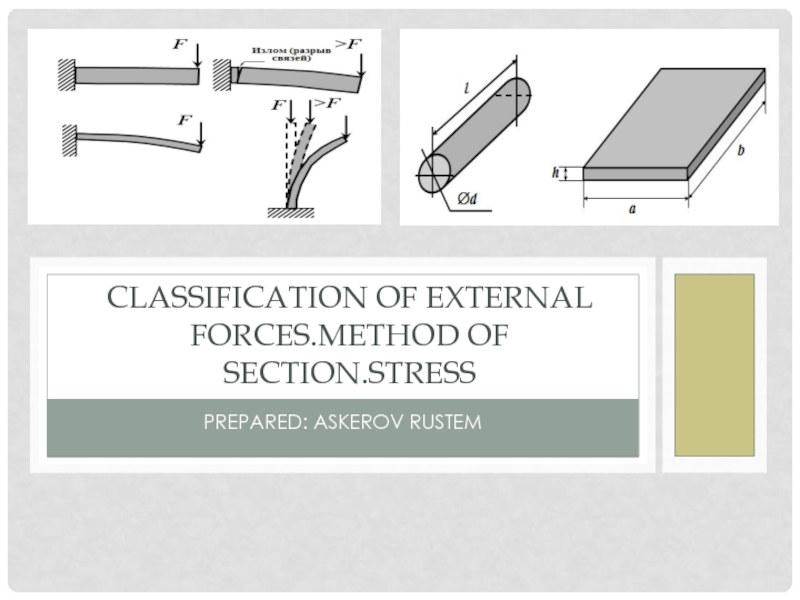
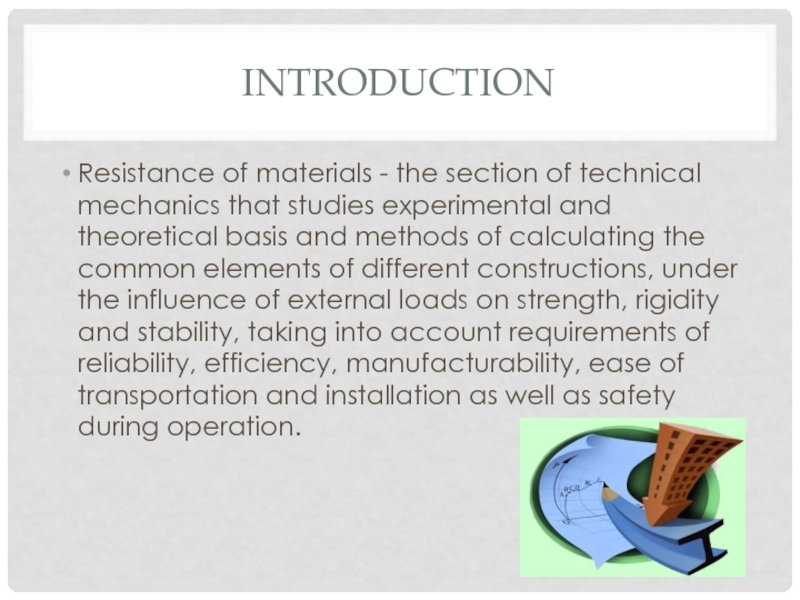

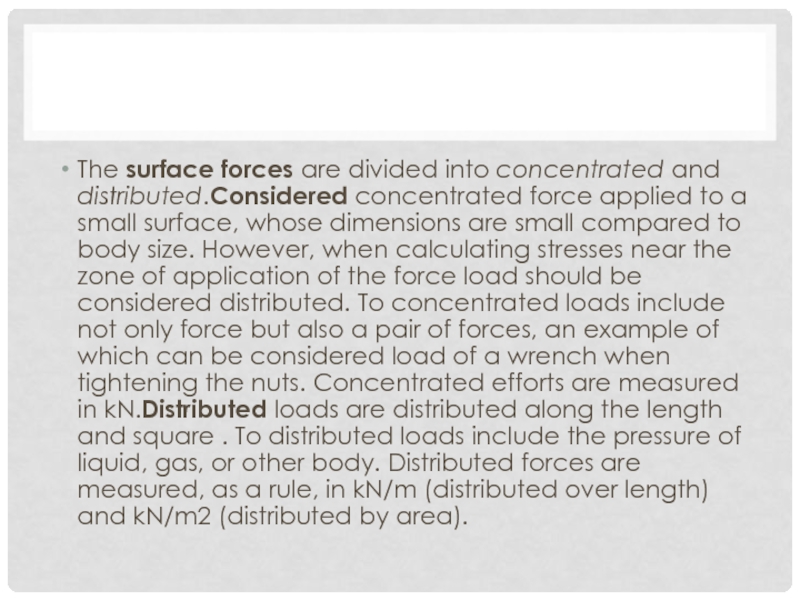
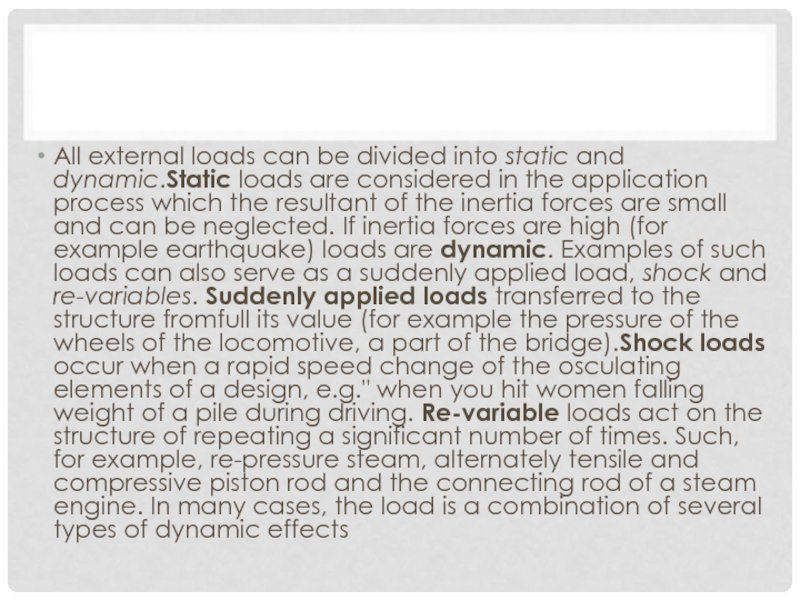


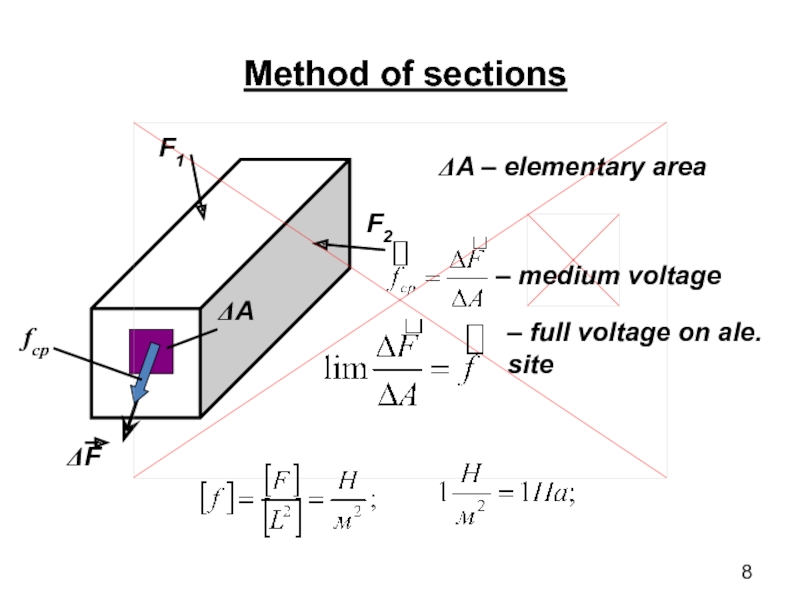

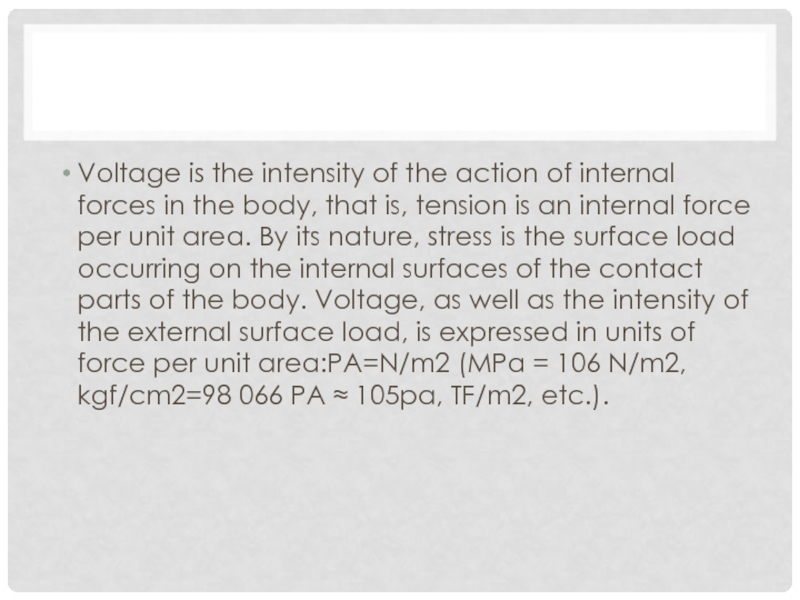
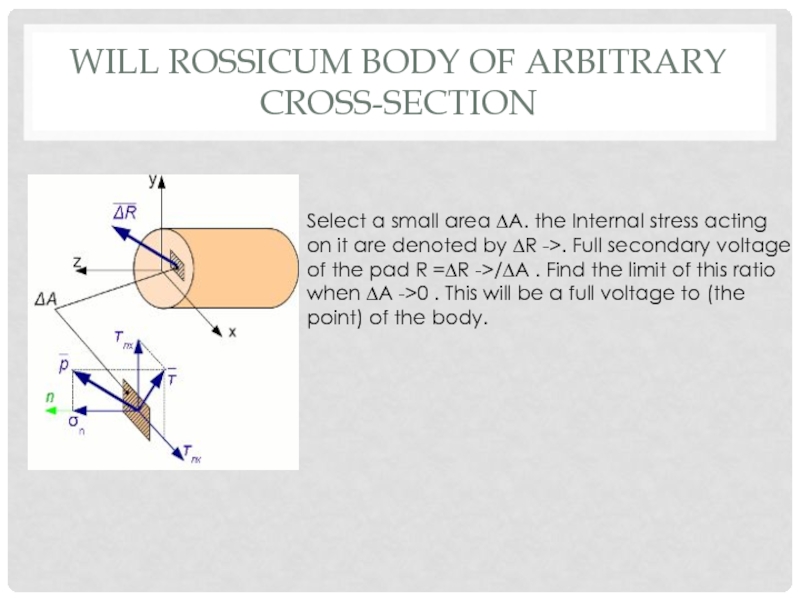
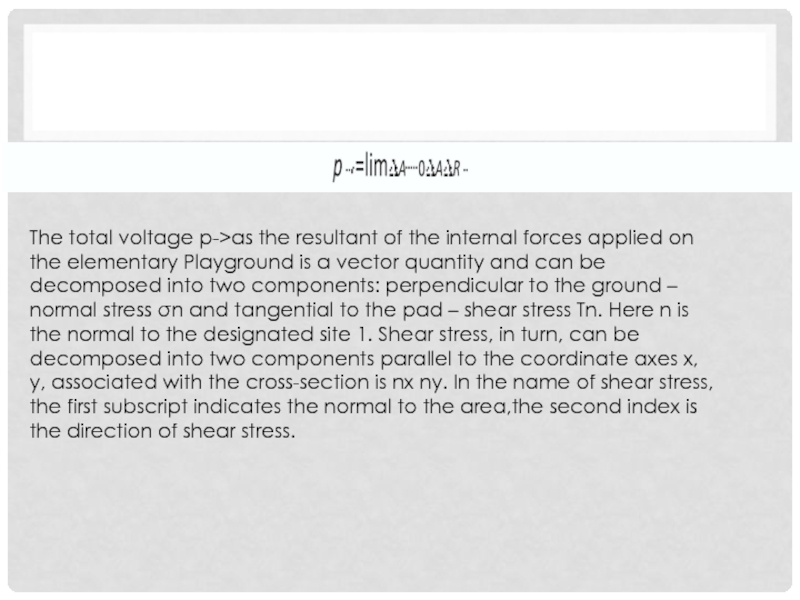
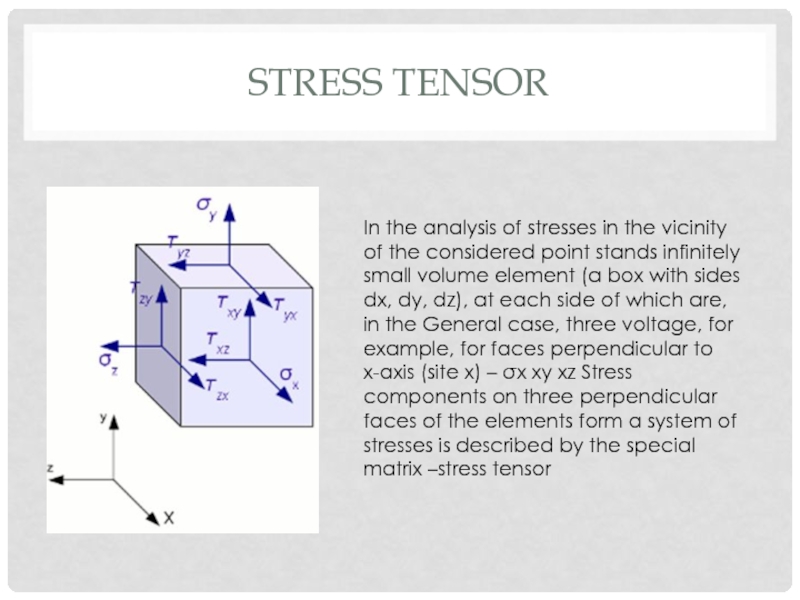
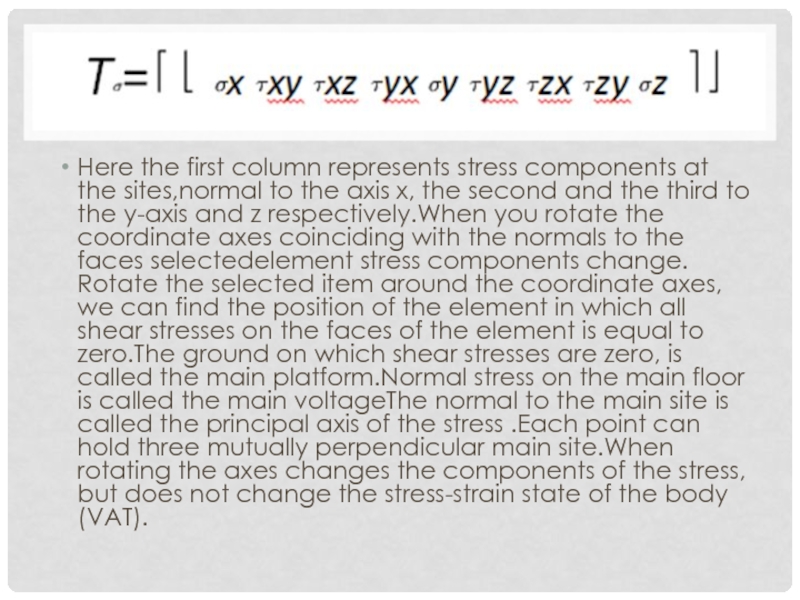

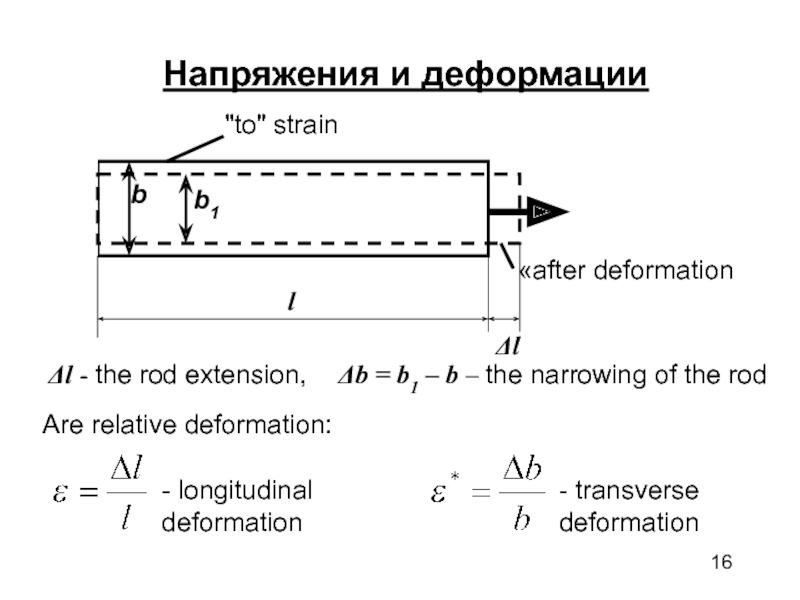
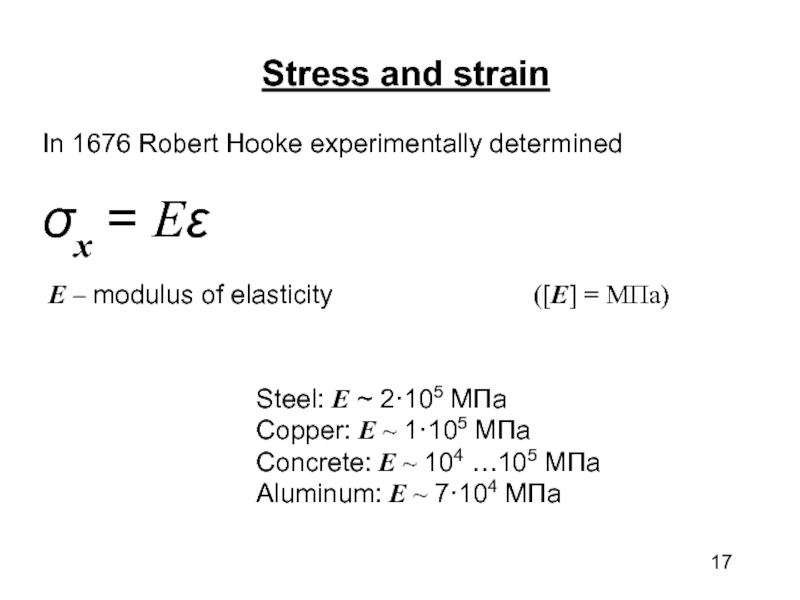
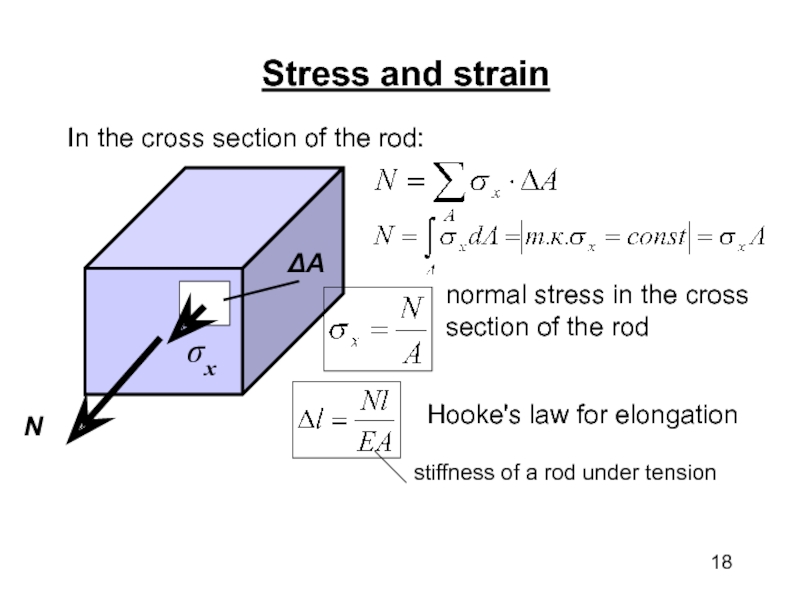
![Classification of external forces.method of section.Stress Stress and strainCondition tensile strength:или []R – the calculated resistance[] – allowable stress Stress and strainCondition tensile strength:или []R – the calculated resistance[] – allowable stress](/img/thumbs/71ce12ce0219993addbc0826f511fc88-800x.jpg)
